The Grandiose Ambition of the Great Southern of Spain Railway Company Ltd.
GSSR Survival: Financial Crash, Loring's Lawfare, and Rescue
Analyse the near-fatal crisis of the GSSR following the 1890 bankruptcy of its contractor, Hett, Maylor & Co. Discover how the powerful Marquis of Loring launched an economic war to freeze construction and block vital subsidies. Learn about the brilliant, unconventional legal manoeuvre that saved the company, the brutal 1904 financial restructuring, and the strategic decision to abandon the Granada route to focus on the profitable Lorca-Baza-Águilas mineral line.
By Nick Nutter on 2025-10-5 | Last Updated 2025-10-23 | The Grandiose Ambition of the Great Southern of Spain Railway Company Ltd.
This article has been visited 248 times

Loco ‘GUADIX’ entering Almondrecos in 1962. Image by Don Gaunt
Survival: The Implosion of Hett, Maylor & Co.
The swift collapse of Hett, Maylor & Co. Ltd., the GSSR's primary contractor, just three years after its formation, was an almost inevitable disaster. The root cause was a fundamental, almost spectacular undercapitalization of the project.
The agreed-upon contract sum of just over £2 million for a 299-kilometre line through the rugged mountains of Andalucía was a gross underestimate. The sheer scale of the engineering—including the need for over 860 masonry bridges and culverts, 600 iron span bridges, and a dozen tunnels—was simply not budgeted for.
The company was locked into a fixed-price contract, leaving zero room to absorb the cost overruns that always happen on a massive, difficult project. Compounding the financial shortfall were managerial blunders. Hett, Maylor was strategically overextended, a victim of the era's widespread "Railway Fever," with capital dispersed across ventures like the Manila Railway and the Seville Tramway. They also used cunning subcontractors, like the Marquis of Loring, who reportedly cut corners and used cheaper materials, further eroding the company's already thin margins.
Even co-founder Edmund Sykes Hett couldn't save it; curiously, he increased his own shareholding in Hett, Maylor the very year of the bankruptcy, perhaps a final desperate attempt to inject capital or consolidate control. Whatever his motivation, it was too little, too late. The bankruptcy of Hett, Maylor & Co. Ltd. on August 11, 1890, was the predictable outcome of a venture structurally flawed from its inception.
Do you enjoy my articles? For your reading pleasure, this website does not carry third party ads. You could help me write more articles by buying me a cup of coffee.
A Cascade of Crises at the GSSR
The contractor's failure immediately triggered an existential crisis for the GSSR.
First, the original "payment on completion" clause—designed to protect the GSSR from cost overruns—spectacularly backfired. With its contractor insolvent, the GSSR was forced to assume the responsibility for completing the construction itself, without the ability to claw back any funds from the failed firm.
Second, the GSSR lost a vital financial pillar: Hett, Maylor was its fourth-largest investor, and that £30,500 in capital vanished when the company went under.
Third, and perhaps most dangerously, came the legal and political war waged by subcontractors. The Marquis of Loring, owed a significant sum by Hett, Maylor, strategically viewed the GSSR as responsible. Loring leveraged his powerful contacts in the Spanish establishment to launch a relentless legal assault, taking the GSSR to court in every province where he had worked.
This was more than just a financial claim; it was an act of economic warfare. At Loring’s behest, courts froze the GSSR's activity and materials on a critical section between Lorca and Zurgena. Loring then illegally placed physical obstructions on the completed track. The manoeuvre’s aim was devastatingly simple: prevent the GSSR from officially inaugurating the section and, thereby, cut off the vital government subsidies the company desperately needed for liquidity. The GSSR was now fighting an external, coordinated attack designed to starve it of capital and force its complete collapse.
A Multi-Faceted Response and a Stroke of Genius
Faced with financial ruin and legal paralysis, the GSSR implemented a comprehensive strategy centred on three pillars: legal manoeuvring, financial overhaul, and strategic contraction.
1. Legal and Political Manoeuvres
The GSSR realized that the battle with Loring was political, not just legal. They brought in veteran project manager Neil Kennedy and well-regarded Spanish solicitor Juan de la Cierva. Together, they devised a brilliant stratagem.
Instead of fighting Loring's political leverage head-on, Kennedy and Cierva visited the Governor of Almería. They claimed that "vandals"—not a legal entity—had placed the obstructions on the track. In a legendary moment of opportunism, the Governor's wife, overhearing the conversation, reportedly urged her husband to remove the obstacles so she could travel to see her mother.
By appealing to this domestic convenience, they managed to bypass the political bureaucracy Loring had mobilized. With the obstructions gone, Kennedy had a train waiting with a notary public to officially inaugurate the section. This masterful move negated Loring's most damaging action, demonstrating that creative problem-solving and an understanding of local dynamics could be more effective than rigid legal procedure. The legal success ultimately forced Loring to negotiate, and all disputes were finally resolved in London in 1901.
2. The Financial Overhaul
The GSSR simultaneously undertook a painful financial restructuring, undergoing two major reorganizations in 1894 and 1904. The 1904 overhaul was brutal but necessary. The company executed a dramatic corporate restructuring, shrinking its old capital of nearly £2.4 million down to a sustainable £1.6 million.
This involved significant debt-for-equity swaps. Creditors and investors—including those holding bonds and preferred shares—were forced to exchange their assets for new GSSR shares at a tiny fraction of their nominal value. While painful for investors, this was a critical act of financial stabilization, allowing the GSSR to shed a massive portion of its liabilities and align its capital structure with its realistic operating revenues.
3. Strategic Contraction
Finally, the GSSR abandoned its original, overly ambitious grand vision. The initial concession was to build the railway all the way to Granada, a notoriously difficult and unprofitable section. Deep in financial distress, the company made the pragmatic decision to sell off these costly liabilities.
By shedding the sections leading beyond Baza, the GSSR was able to concentrate its limited resources on the core, manageable, and potentially profitable line: the railway from Lorca to Baza with the essential branch line to Águilas. This route was perfectly positioned to exploit the mineral-rich Sierra de Los Filabres by connecting the mines directly to the coast.
The GSSR’s survival is therefore a story of strategic contraction and brutal refocusing, transforming itself from an over-leveraged, over-ambitious enterprise into a lean, focused, and ultimately successful mineral railway.
Enjoying This Article – FREE to read on Kindle Unlimited?
My new book, 'The Grandiose Ambition of the Great Southern of Spain Railway Company Ltd.’ is now available as a fully illustrated, colour, paperback from Amazon, as a downloadable ebook from Kindle and Free to Read on Kindle Unlimited.
Do you enjoy my articles? For your reading pleasure, this website does not carry third party ads. You could help me write more articles by buying me a cup of coffee.

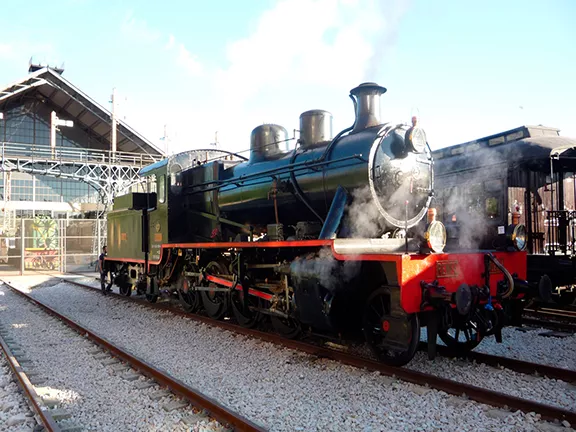 1: Setting the Stage for the GSSR
1: Setting the Stage for the GSSR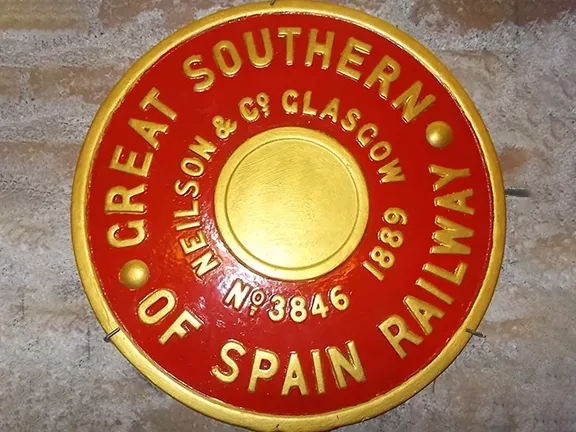 2: Founding the GSSR
2: Founding the GSSR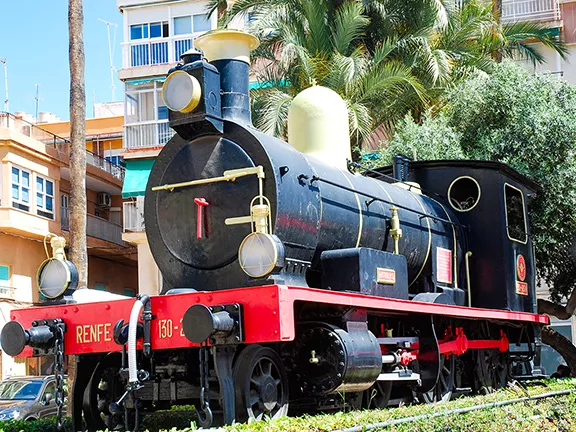 3: Águilas to Almendricos and Lorca (1885–1890)
3: Águilas to Almendricos and Lorca (1885–1890)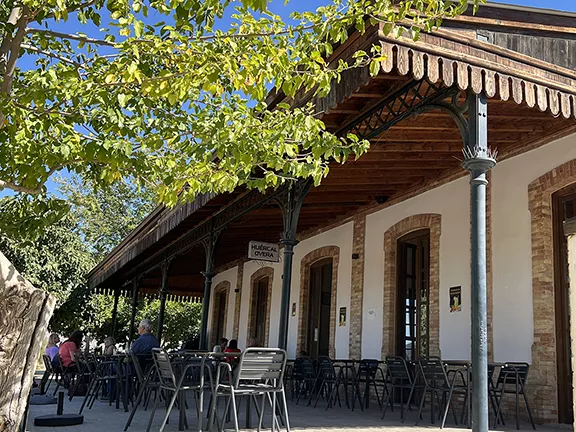 5: Almendricos to Huércal-Overa (1890–1891)
5: Almendricos to Huércal-Overa (1890–1891)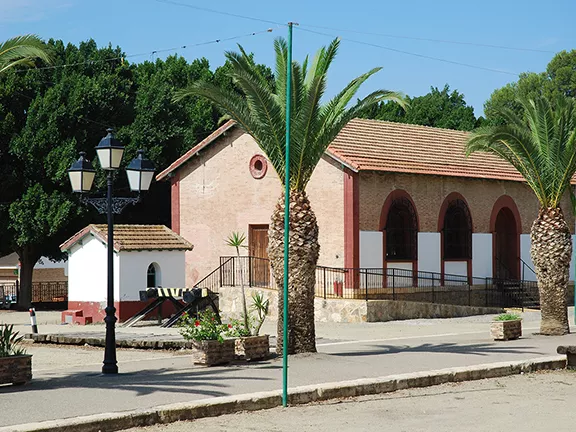 6: Huércal-Overa to Zurgena (1891–1892)
6: Huércal-Overa to Zurgena (1891–1892)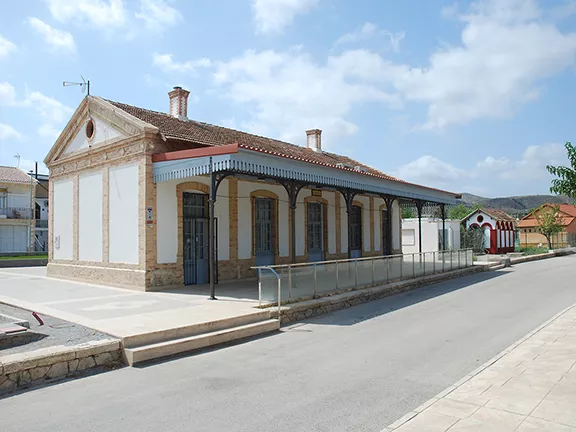 7: Zurgena to Almanzora (1892–1893)
7: Zurgena to Almanzora (1892–1893)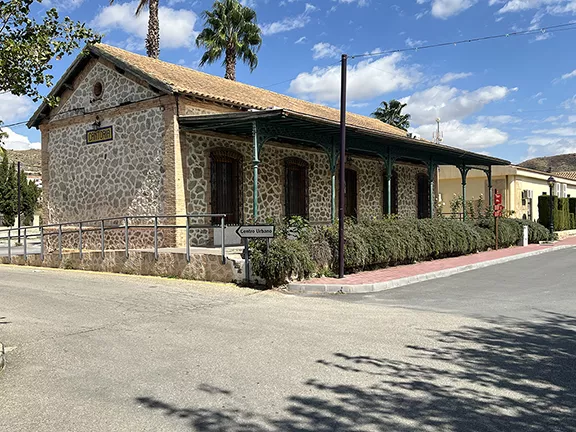 8: Almanzora to Purchena (1893–1894)
8: Almanzora to Purchena (1893–1894)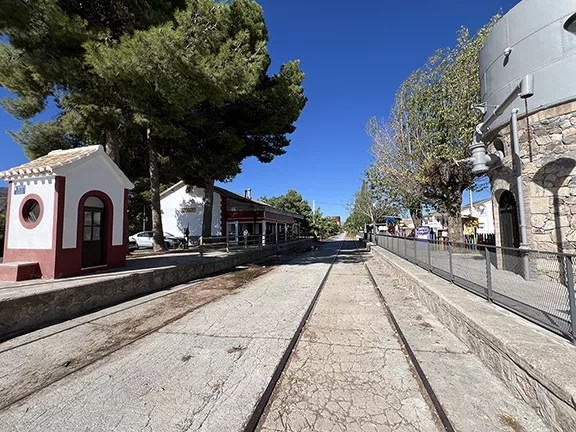 9: Purchena to Serón (1894)
9: Purchena to Serón (1894)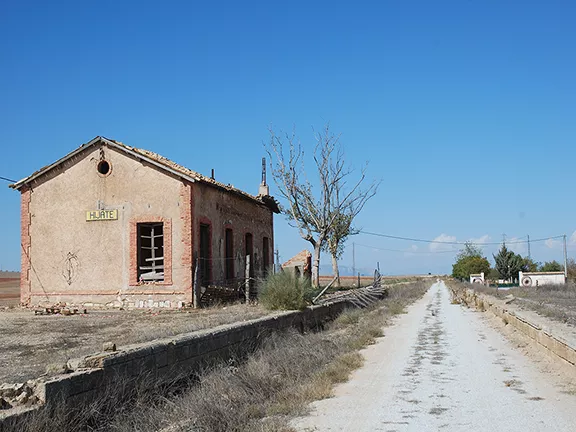 10: Serón to Baza (1894)
10: Serón to Baza (1894)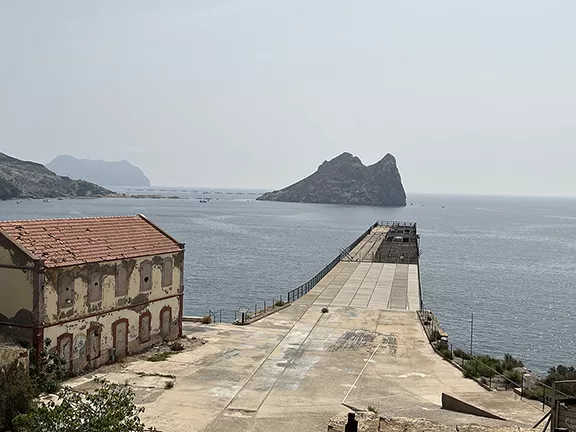 11: El Hornillo Ore Loading Pier (1903)
11: El Hornillo Ore Loading Pier (1903) 12: GSSR Concession Transfer
12: GSSR Concession Transfer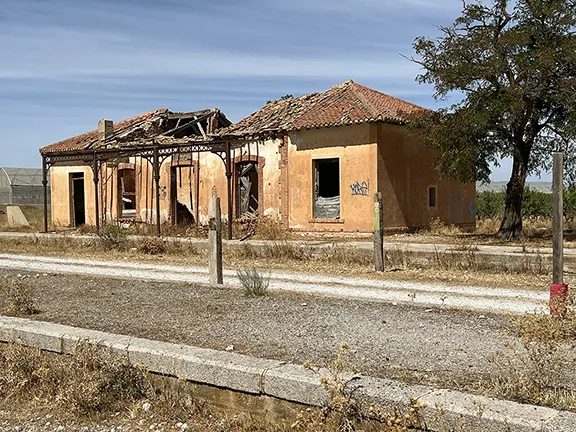 13: Baza to Baúl (1906)
13: Baza to Baúl (1906)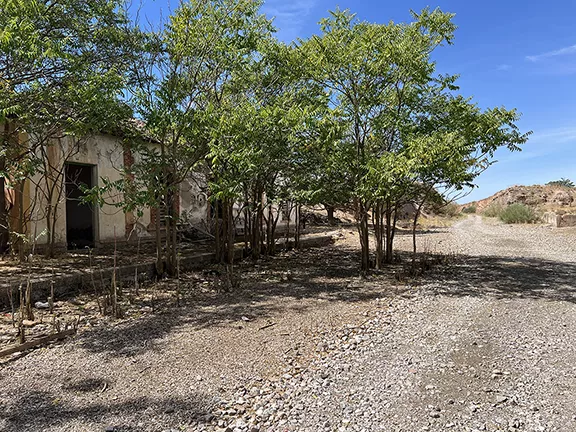 14: Baúl to Gor
14: Baúl to Gor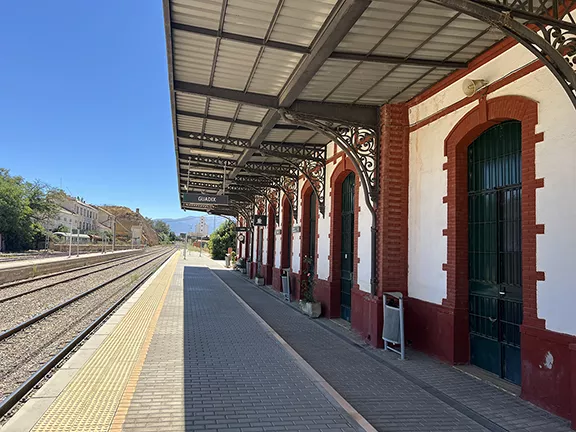 15: Gor Viaduct Disaster (1905)
15: Gor Viaduct Disaster (1905)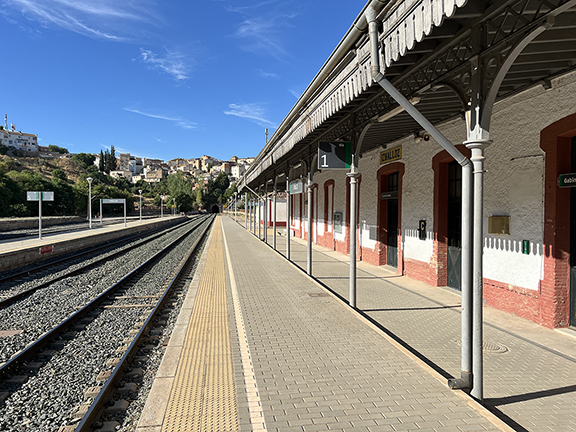 16: Granada to Guadix (1904)
16: Granada to Guadix (1904)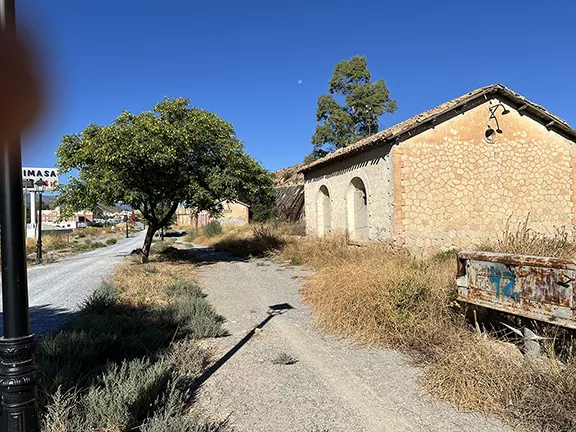 17: The Twilight and Rebirth of the GSSR
17: The Twilight and Rebirth of the GSSR